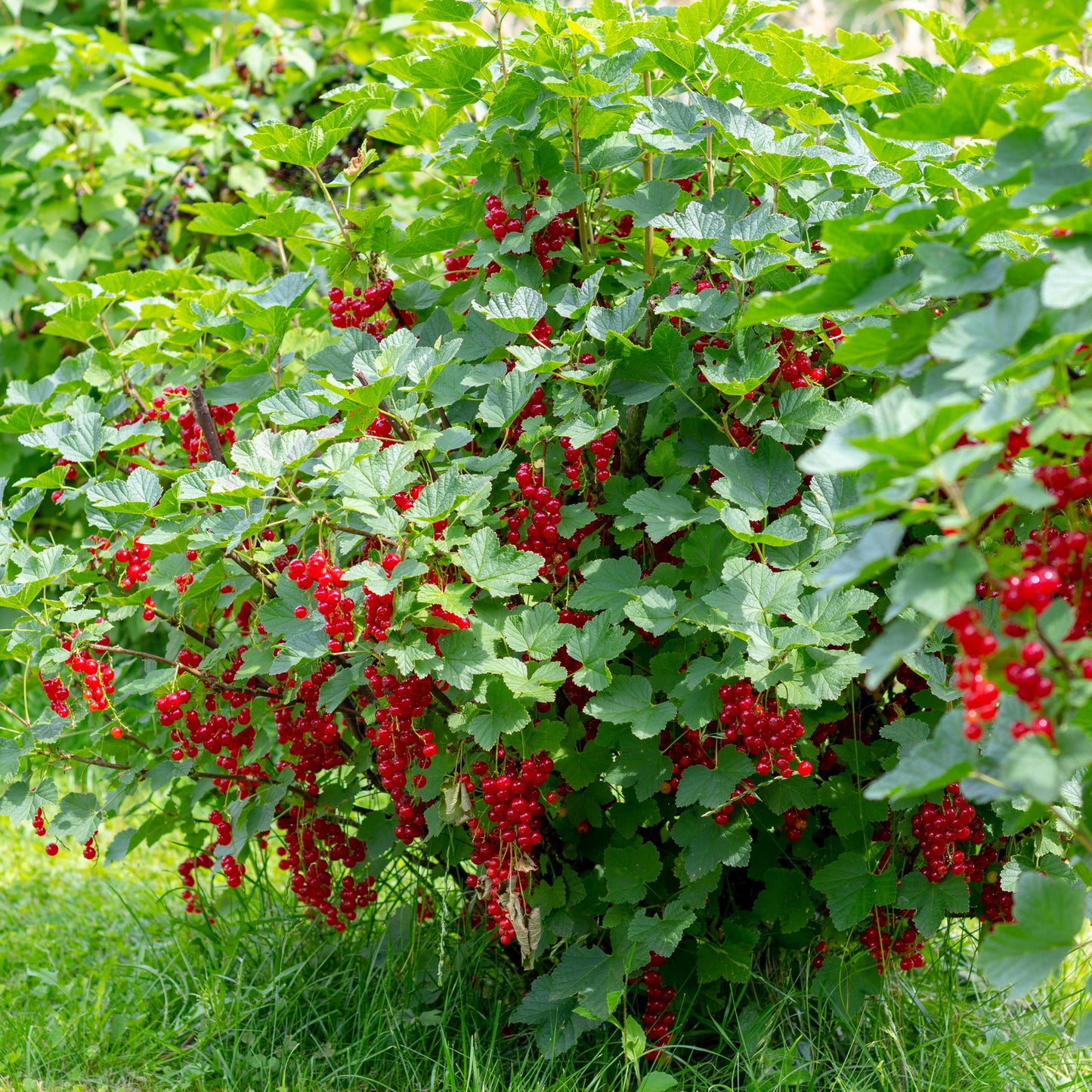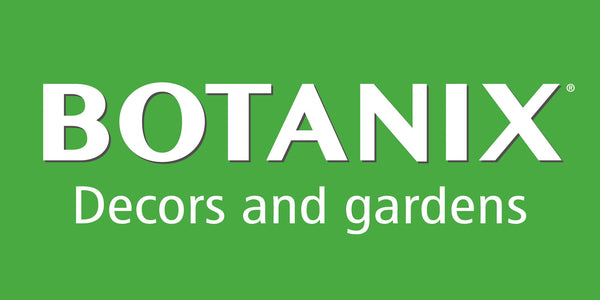Ribes rubrum 'Red Lake'
'Red Lake' Red Currant – Ribes rubrum
'Red Lake' Red Currant – Ribes rubrum
Exposure
- Sun
- Partial shade
Rusticity
Bloom time
- April
- May
- Abundant production
- Large clusters of red fruit
- Tart flavour, rich in pectin
- Ideal for jellies and jams
- Very hardy (Zone 3)
'Red Lake' Red Currant is a classic and essential variety for lovers of tart small fruits. Known for its high productivity and the beauty of its long clusters of translucent red fruit, this vigorous shrub is also easy to grow. It's the perfect choice for making homemade jellies and jams with an authentic taste and vibrant colour.
The Harvest: Production and Flavour
The harvest takes place in mid-July, and it's a generous one! 'Red Lake' is one of the most productive varieties, offering an abundance of long, easy-to-pick fruit clusters. Although a few fruits may appear in the first few years, expect the plant to reach its full production potential after 4 to 5 years of establishment.
- Harvest Period: July
- Visual Description: The medium-to-large sized fruits are a magnificent bright, translucent red, resembling jewels. They appear in long, dangling clusters that are very decorative on the shrub.
- Flavour Profile: The fruits are juicy and offer a distinctly tart and fragrant flavour, typical of red currants. It is this zesty taste that makes it such a prized fruit in the kitchen for balancing sugar.
- Culinary Uses: Its tart flavour and high natural pectin content make it the perfect fruit for homemade jellies and jams. It is also excellent in sauces, syrups, drinks, or to accompany other sweeter fruits in desserts.
Planting Guide
To ensure a successful planting, follow these key steps:
- The Ideal Location: It is very versatile. It loves full sun but appreciates light shade during the hottest hours of the afternoon, especially in areas with intense summers. Choose a site protected from strong winds.
- Soil Preparation: It adapts to several soil types (loam, clay, sand) as long as they are rich in organic matter and well-drained. A neutral pH is suitable for it.
- Planting: Dig a hole twice as wide as the root ball. Place the plant, fill with soil enriched with compost, and water well. Leave about 1.5 m (5 ft) between each plant.
- Pollination:
- Type: Self-fertile, but production is improved with another cultivar.
- Suggested Partners: Although a single plant will produce fruit, planting two plants nearby (of the same or another variety) will encourage an even more generous production.
Care Guide
- Watering: Maintain cool and consistently moist soil, as it dislikes drought. Mulching is highly recommended to help retain moisture.
- Fertilizing: An annual application of compost in the spring is ideal. A balanced fertilizer can be added if the soil is poor.
- Pruning: Pruning is done during the dormant season (late winter). Since fruit appears on 2- and 3-year-old wood, the goal is to maintain a good balance between old and new branches. Remove wood older than 3 years (which is darker and less productive) as well as any weak or poorly placed branches to encourage constant renewal.
- Protection:
- From Birds: This is essential! Birds love currants. Install protective netting well before the fruits turn red.
- Winter: Very hardy, it generally does not need special winter protection, aside from a good layer of mulch at its base.
Plant details
Dimensions
Dimensions
Characteristics
Characteristics
Habit:
- Upright
- Bushy
Flowering colours:
- Pale green
- Yellow
Plant needs
Plant needs
Watering:
- Cool and moist soil
Maintenance:
- Medium
Soil requirement:
- Loamy
- Clay
- Sandy
- Well-drained
Features
Features
Resistance:
- Cold
- Rabbits
Attract:
- Pollinators
- Birds
- Butterflies
Use:
- Flower bed
- Specimen
- Fruiting hedge
- Mass planting
Attribute:
- Ideal for small spaces
- Pot growing
- Decorative fruits








